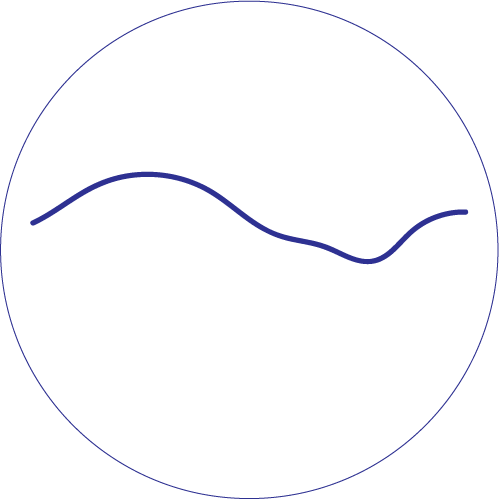ORDER COLLABORATION [catalina tuca]
note from the curator
“Domestik paraphernalia” takes a look to our relationship with daily objects within the
boundaries of the domestic space through themes of still life, interiors, domesticity and objects
suggestive of daily rituals.
The four artists contributing to “DomestiK paraphernalia” provide alternative depictions and
uses of everyday objects and domestic environments evoking imaginary ideal functions,
beyond the limited real ones.
Their works reflect compelling messages about the role of the object in modern consumer
culture and the relationship between art, society, and its artifacts, offering a range of meanings
between memory and identity, the symbolic and the morals that objects embody.
Sara Santamaria
It is not about me, it is about you.
In a world full of objects, I decided to use what already exists. This decision is based on a critical engagement with hyper-production and consumption practices, as well as from a wider recognition of the expressive potential of things, as projections of communal beliefs, desires, and class.
Therefore, through installation, photography, and video, I recreate fictional spaces to reveal the movement between local and global identities, personal and collective memories, the present, and the past.
Hence, the interest in exploring these possible representations does not come from a nostalgia for the vernacular, or from the pleasure of collecting stereotyped souvenirs, rather from an ethnographic impulse to locate and understand the intricate geo socio-political whole we inhabit, in which tradition and globalization collide and intertwine.
Feeling the force of repetitive impulses, in order to expand the range of my personal interactions with objects, I decided to transfer part of the decision-making process to others, opting for collaborative staging and translating procedures. Here is when Order Collaboration comes.
Order Collaboration is a collective action in which thirteen volunteers were invited to arrange objects on a table. Here, the space to think, move, and act concerning objects is transferred to others. The result is a continuous ordering sequence (documented in video 1.30m) as well as thirteen different arrangements on the table (documented in photography).
The objects on this table were collected on-site. Their characteristics depend on the features of the context. Urban or rural, economic-cultural-social characteristics will determine the amount and type of objects I will find. In this case, it resulted in a mixture of organic and inorganic objects; everyday, banal, universal things, well known by everybody. They remind us of quotidian still lives present in domestic and public spaces in every corner of the world; ritualistic representations of our human vulnerability, happiness, and solitude, the cycles of life and death.
Yet, what most interests me of this exercise, is the possibility to explore and question issues of collaboration and authorship in the arts, generating at the same time, collective experiences that have the capacity to unfold ways of understanding, relating and belonging, through our similitudes and our differences.


